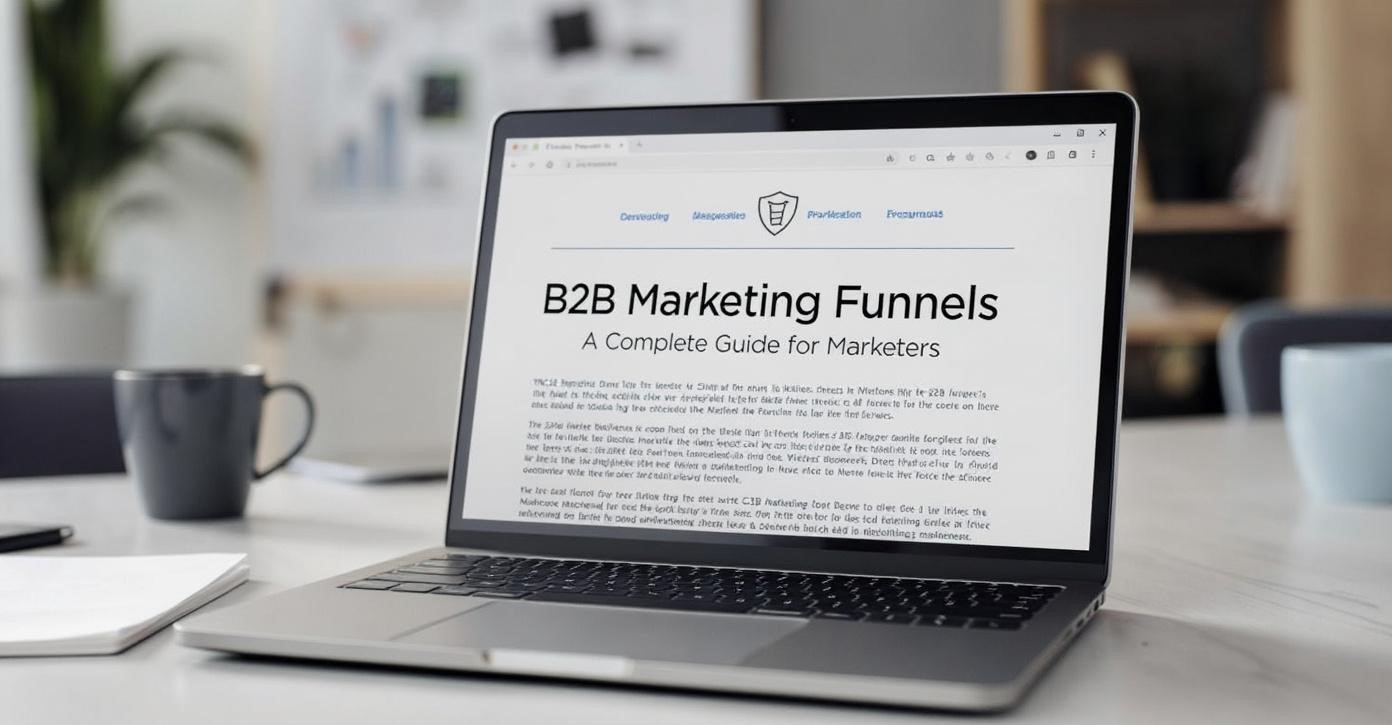If you’ve ever wondered how a single social media agency USA manages to post for dozens of clients without having everything sound like it was from the same writer, you are not alone. Juggling 50+ distinct brand voices while maintaining authenticity, consistency, and quality is part art, part science, and entirely essential in today’s digital landscape.
It’s not just toggling between formal and informal tones; it’s truly understanding that Nike doesn’t sound like Glossier, the Twitter sass of Wendy’s isn’t going to cut it for a law firm, and each one of these should be uniquely authentic to the unique audience they serve. How do agencies pull this off, you might ask, without losing their minds or their clients?
The Foundation: Understanding What Brand Voice Really Means
Before we get to the “how,” let’s get clear on what we mean by brand voice. Your brand voice is the distinctive personality your brand adopts for all of its communications. It covers the choice of words, structure of sentences, and the use of humor, formality, and even punctuation. Think of it as your brand’s verbal fingerprint.
Imagine being a social media agency in the USA, handling a number of clients; each brand voice presents a whole different personality they have to put across with ultimate conviction. One minute, they are writing witty replies for a craft beer company; then, they are writing empathetic health-related content, followed by energetic fitness motivational posts. It’s like being a method actor who has to change character many times in one day.
The stakes are high: according to recent studies, consistent brand presentation across platforms increases revenue as much as 23%. And when you’re managing 50+ brands, that consistency becomes exponentially more challenging-and more valuable.
The Systems That Make It Possible
Complete Brand Voice Documentation
Documentation is the backbone of multi-brand voice management. Top-performing agencies build extensive brand voice guides for each and every client. They’re not one-page style sheets; these are comprehensive playbooks that include:
Personality Adjectives: Three to five adjectives that describe the personality of the brand. Sample: “bold, irreverent, knowledgeable” or “warm, professional, empowering.”
Lists of Do’s and Don’ts: These are specific, detailed examples of the phrases a brand would and wouldn’t use. For example, does this brand say “awesome” or “excellent”? “You guys” or “everyone”? Those little things make for authenticity.
Tone Variations by Platform: How the brand changes its voice between LinkedIn, Instagram, and Twitter. A B2B software company may be more buttoned up on LinkedIn but then actually show personality on Twitter.
Sample Posts: Real examples of approved content that perfectly capture the voice of the brand act like north stars for the content creators.
Target-audience insights are critical for informing not only whom the brand speaks to but also how it talks. It certainly talks differently to Gen Z than when speaking with C-suite executives.
These documents thus become living, breathing resources that every team member can refer to, hence assuring continuity even when different creators are on the same account.
Strategic Team Structures
No social media agency in the USA would just randomly assign any client to the available person. The best of agencies have strategic teams set up for:
Dedicated account pods: Some agencies build small teams to work on a particular client or vertical. This may allow team members to really internalize 5-7 brand voices rather than superficially manage 50.
Specialized roles: A person might be great at snarky, conversational content, while another excels with inspirational storytelling. Smart agencies match personality types to compatible brand voices.
Industry-based divisions allow the maker to maintain context. Similar industries can be grouped together. Healthcare brands have certain demands in terms of communication; so do fashion brands, and each has its own conventions.
That structure avoids the cognitive whiplash that comes from switching in and out of completely different industries and tones all day.
Technology – The Digital Backbone
Content Management Platforms
Modern agencies rely on robust platforms to help them manage everything from content calendars to approval workflows. Such tools as Hootsuite, Sprout Social, or in-house custom systems enable an agency to:
- Color-code different brand accounts
- Store brand-specific hashtags, handles, and content libraries
- Define approval chains that are specific to each client.
- Schedule content while having separate publishing calendars
- But technology works only in combination with human judgment. A social media agency USA worth its salt doesn’t depend on just automation to maintain brand voice authenticity.
AI and Smart Assistants-with Guardrails
Here’s where it gets interesting: some agencies now train custom AI models on approved brand content to help keep things consistent. These aren’t replacing human creators but acting as
Voice Checkers: These scan draft posts for pieces of content that don’t conform to the patterns established. Inspiration Engines: These machines can generate multiple angle options to be refined by the human creator. Consistency Monitors: These ensure the posts will be on-brand and not stray from prior content.
But the most successful agencies look upon AI as a tool rather than a replacement. The voice of a brand needs cultural awareness, timely responsiveness, and emotional intelligence that technology alone can’t achieve.
Digital Asset Management Systems
When you have more than 50 brands to manage, organization is key. Digital asset management systems can store:
- Brand guidelines and voice documents
- Approved images and graphics
- Past top-performing content
- Templates for different content types
- Crisis communication protocols
It’s a centralized knowledge base that ensures no matter if someone’s been on an account for three years or three days, they can quickly access everything they need to maintain brand voice consistency.
Managing the Cognitive Load
Let’s be honest: context-switching with 50+ distinct personas is taxing to the brain. A successful agency seeks to reduce cognitive load:
Batching and Theming
Instead of bouncing around randomly between brands, many agencies batch their work: A creator might devote Monday mornings to all of their healthcare clients, afternoons to retail, and Tuesdays to tech companies. This reduces the mental friction of constant voice-switching.
Reference Rituals
Before writing one word for any brand, veteran creators develop a prewriting ritual in which they read the voice guide, review the last three published posts, skim the recent news in the industry, and get “into character.” That three-minute investment pays off handsomely in consistency.
Peer Review Culture
Two heads are better than one. Before content goes to formal approval, many teams implement peer review in which colleagues that know the brand provide fast gut checks: “Does this sound like them?” This catches voice drift early.
The Special Challenges and How to Overcome Them
New Brand Onboarding
Bringing a new client into the mix of dozens you already manage requires careful integration. Best agencies:
- Assign a dedicated voice architect to distill the personality of the brand.
- Create sample content at the strategy stage, prior to going live.
- Start with a smaller posting cadence while the team gets accustomed to it.
- Document learnings from initial client feedback to refine guidelines
Brand Evolution
Brands evolve, and so do their voices. With rebranding and strategy shifts, agencies need systems that:
- Update all documentation at once
- Brief every team member on changes.
- Archive old content for reference
- Observe how an audience responds to changes in voice
- Gradually begin to change, without abrupt transitions.
Crisis Management across Multiple Brands
When one individual client or more faces a disaster, the agencies should have set ways:
- Freezing planned content across the impacted brands
- Having pre-approved response frameworks
- Clear escalation chains for speedy decision-making
- Cross-brand messaging to ensure no tonal missteps
Why This Matters for Your Business
If you are thinking of partnering with a social media agency USA, then it would be good to know how they handle brand voices. Ask your potential partners:
- How do you document and maintain our distinctive brand voice?
- What systems keep our content from sounding like other clients?
- How do you maintain consistency through team changes?
- What is the voice alignment approval process?
- How do you keep up with our ever-changing brand and industry?
- The right agency won’t just promise to manage your brand voice but will show you detailed systems for how they will do it.
Conclusion: The Art and Science of Voice Management
Handling more than 50+ brand voices at once is not about having 50+ different templates. It’s about building systems that scale without sacrificing the human understanding of what makes brand voices authentic. Meticulous documentation, strategic team structures, smart technology, and continuous training make the impossible routine for the most successful social media agency operations in the USA.
For brands, it means ease, authenticity, and the building of brand equity over time in the social media environment; for agencies, it represents the difference between good and truly great work.
Next time you come across that brand’s social media which feels just perfectly on-point, remember there’s probably an agency team in the background-armed with detailed playbooks, specialized tools, and hard-won expertise-who make sure that brand voice stays authentic, however many other voices they may be managing in one go.
About WhoppingSEO: We help businesses understand the strategies driving digital success. Whether you’re looking to partner with an agency or build in-house capabilities, understanding these behind-the-scenes processes helps you make informed decisions about your brand’s digital presence.



